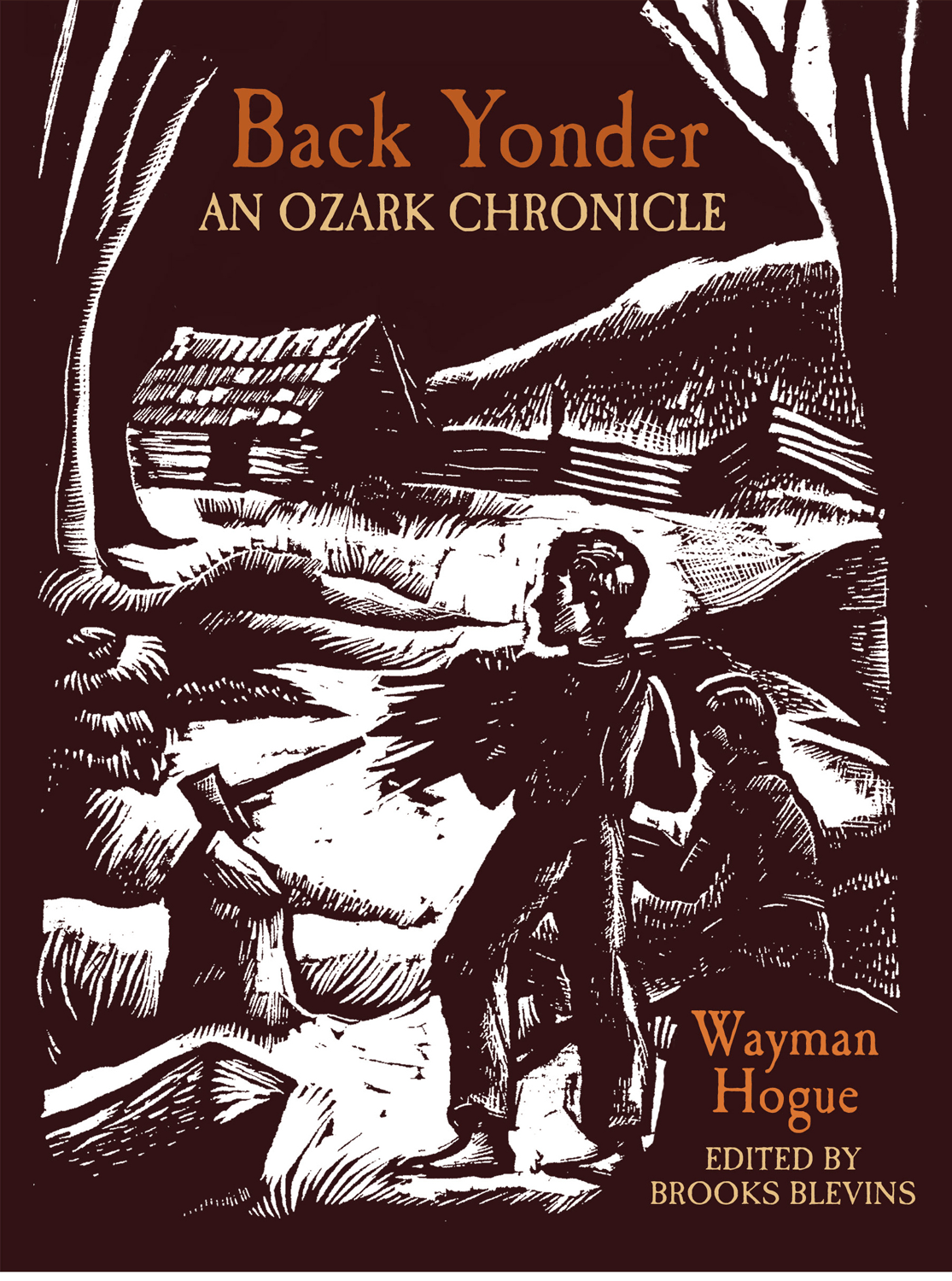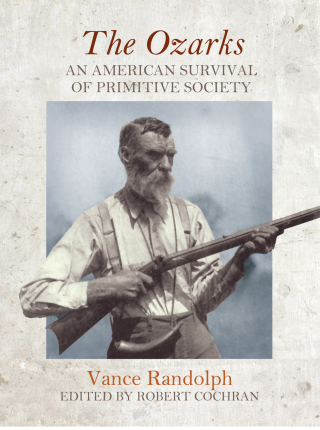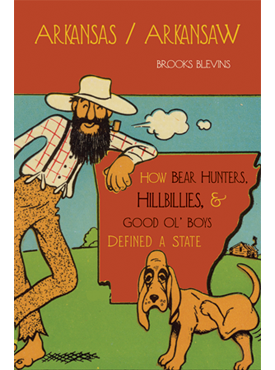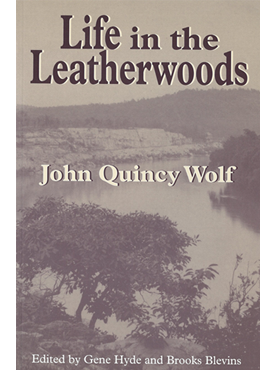Wayman Hogue’s stories of growing up in the Ozarks, according to a 1932 review in the New York Times, “brilliantly illuminate mountain life to its very heart and in its most profound aspects.” A standout among the Ozarks literature that was popular during the Great Depression, this memoir of life in rural Arkansas in the decades following the Civil War has since been forgotten by all but a few students of Arkansas history and folklore.
Back Yonder is a special book. Hogue, like his contemporary Laura Ingalls Wilder, weaves a narrative of a family making its way in rugged, impoverished, and sometimes violent places. From one-room schoolhouses to moonshiners, the details in this story capture the essence of a particular time and place, even as the characters reflect a universal quality that will endear them to modern readers.
Historian Brooks Blevins’s new introduction explores the life of Charles Wayman Hogue, analyzes the people and events that inspired the book, and places the volume in the context of America’s discovery of the Ozarks in the years between the World Wars. The University of Arkansas Press is proud to reissue Back Yonder as the first book in the Chronicles of the Ozarks series, making this Arkansas classic available again, ready to be discovered and rediscovered by readers sure to find the book as interesting and entertaining as ever.
Born and raised on a farm in Arkansas, Charles Wayman Hogue (1868–1965) lived most of his life in Memphis, where he worked as an artist and a salesman. He was the father of writer Charlie May Simon.
Brooks Blevins is the Noel Boyd Professor of Ozarks Studies at Missouri State University. He is the author of five books including Hill Folks: A History of Arkansas Ozarkers and Their Image; Ghost of the Ozarks: Murder and Memory in the Upland South; and Arkansas/Arkansaw: How Bear Hunters, Hillbillies, and Good Ol’ Boys Defined a State.
“If you care about life in the Ozarks of a century ago, this book—and others in the UA Press’s Ozarks Studies Series—is a must read.”
—Susan Croce Kelly, OzarksWatch Magazine, Winter 2018
“Expertly edited and annotated …. leaves readers with an entertaining but curious account of Ozarks life.”
—Missouri Historical Review, October 2016
“It’s easy to fall under the spell of Back Yonder. The book is so appealingly written, being no less than an open-faced celebration of growing up in rural Arkansas. But, Wayman Hogue is not simply a booster of his long-gone youth; he is a deep and penetrating observer. His delightful writing, joined with Brooks Blevins’s erudite, but never stuffy, introduction and notes, brings this formerly hard-to-find Arkansas classic to a new generation of readers, from anyone who enjoys a good tale to scholars of the time and region.”
—Tom Dillard, author of Statesmen, Scoundrels, and Eccentrics: A Gallery of Amazing Arkansans

The Ozark books of the Depression era played a crucial role in establishing the simplistic and reductionist stereotypes, both positive and negative, of Ozarkers and the Ozarks. It is for that reason that the University of Arkansas Press has launched the Chronicles of the Ozarks, a reprint series that will make available some of the era’s Ozark books with introductions and editorial notes that place each book and its author against the backdrop of the era and its popular assumptions and myths of life in the Ozarks. While it is important to understand the books’ flaws and misconceptions in the interest of a fuller understanding of the development and persistence of regional stereotypes, it is also important to remember that these books were written to entertain an audience of general readers and that none of them was meant to be a scholarly, scientific study. It is our hope that you will find them as entertaining as did readers in the 1930s and 1940s. It is also our hope that you will read them with an appreciation for the image-shapers that they once were and for the cultural artifacts that they have become.





